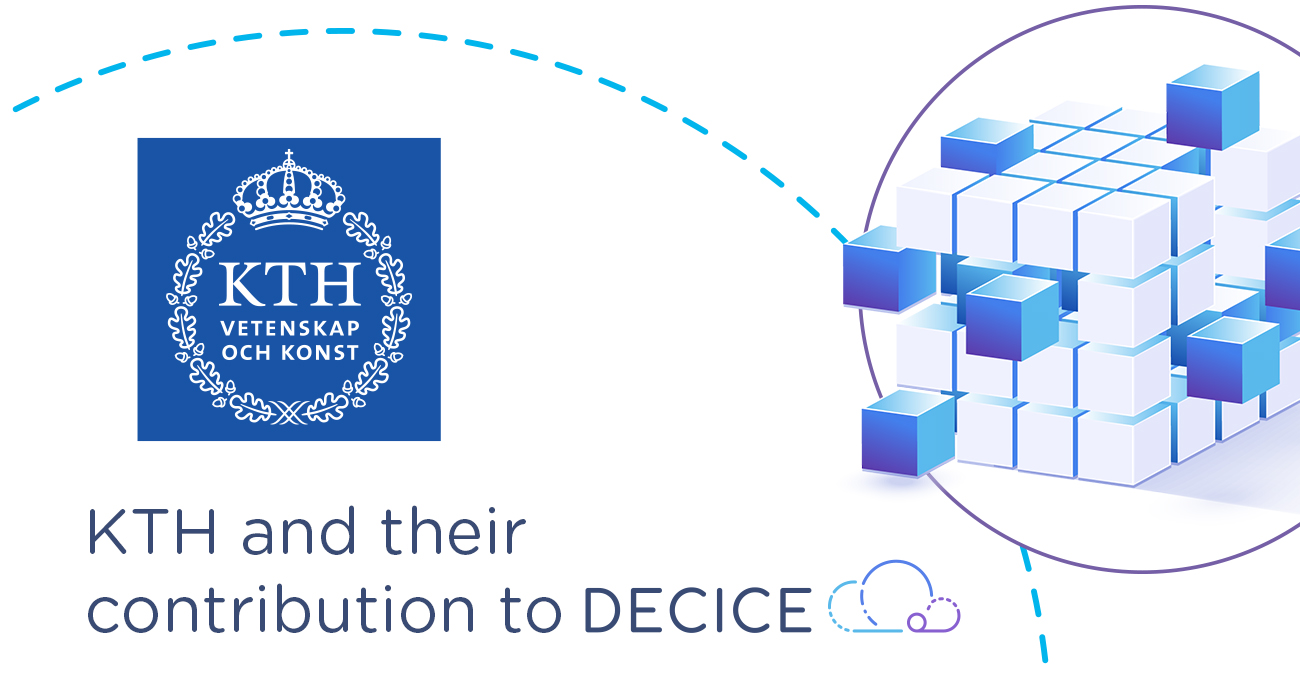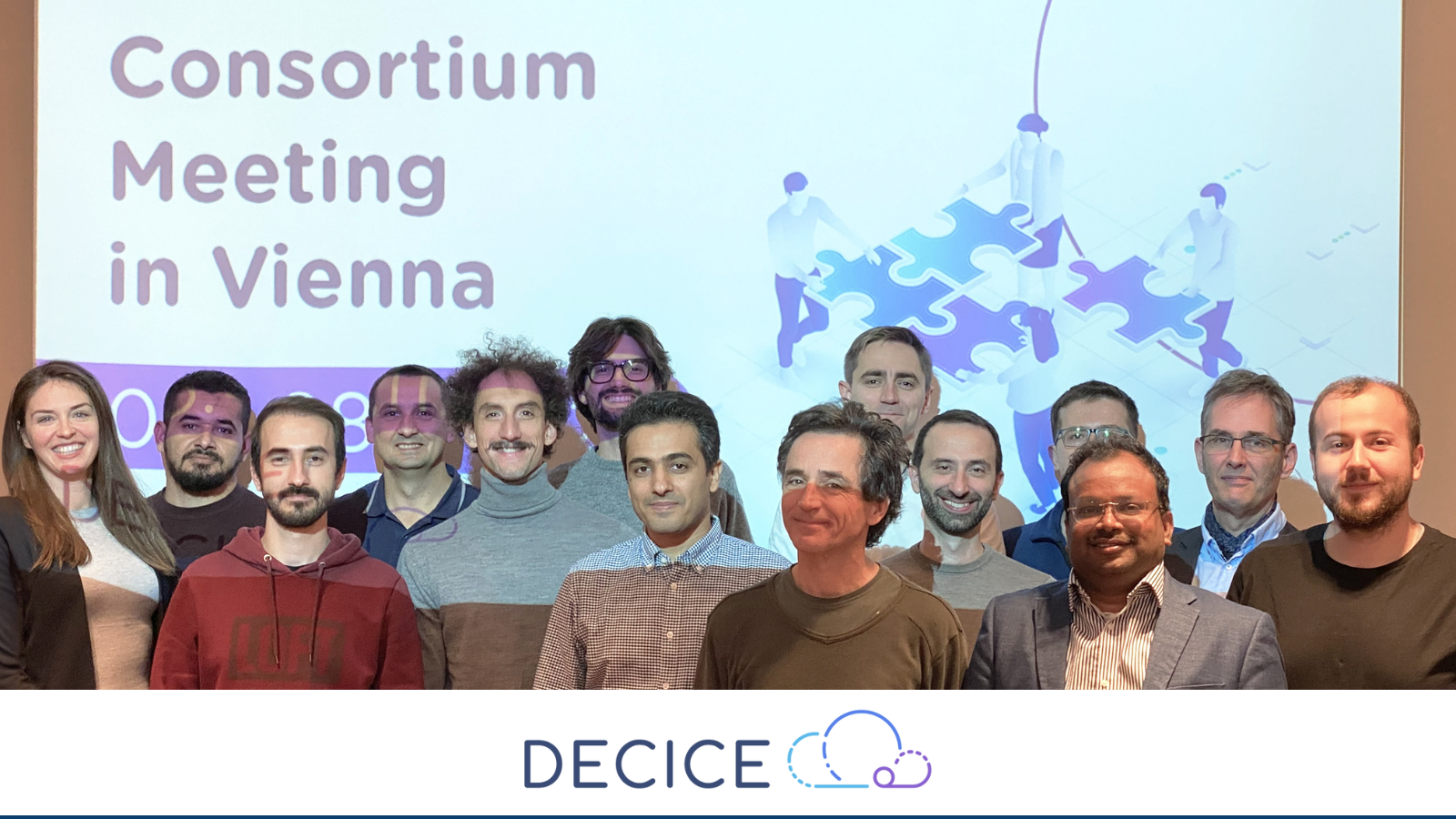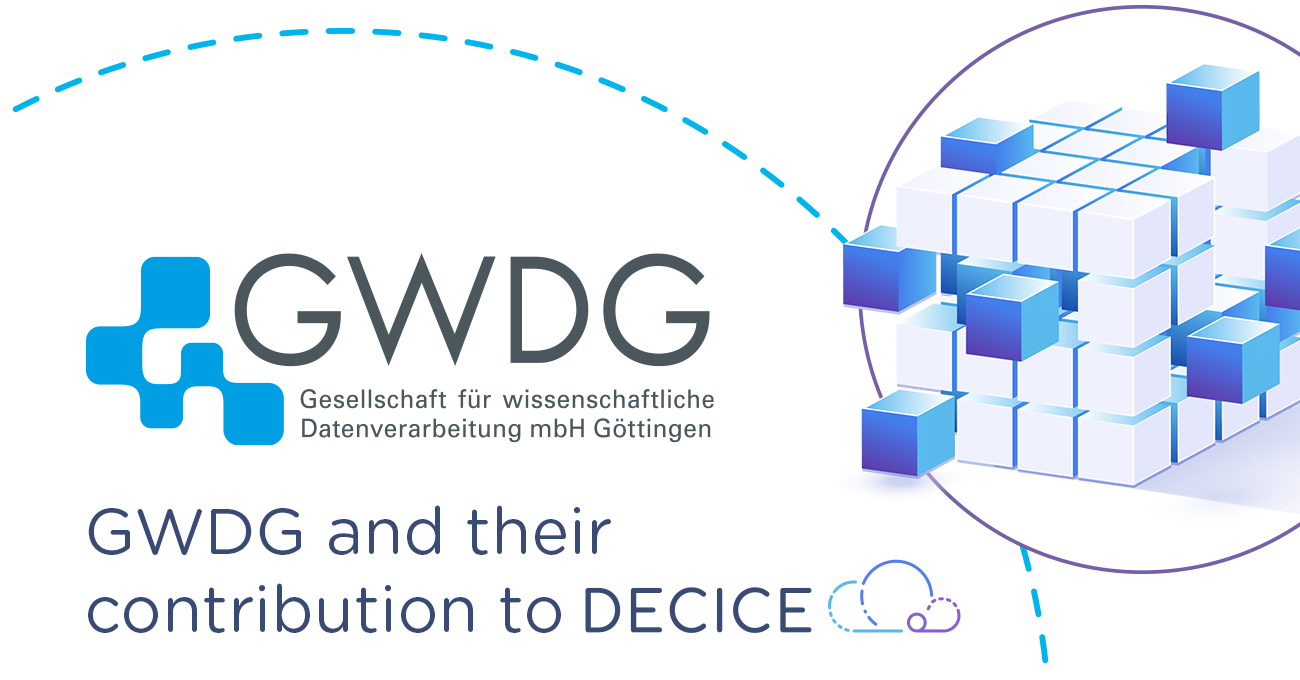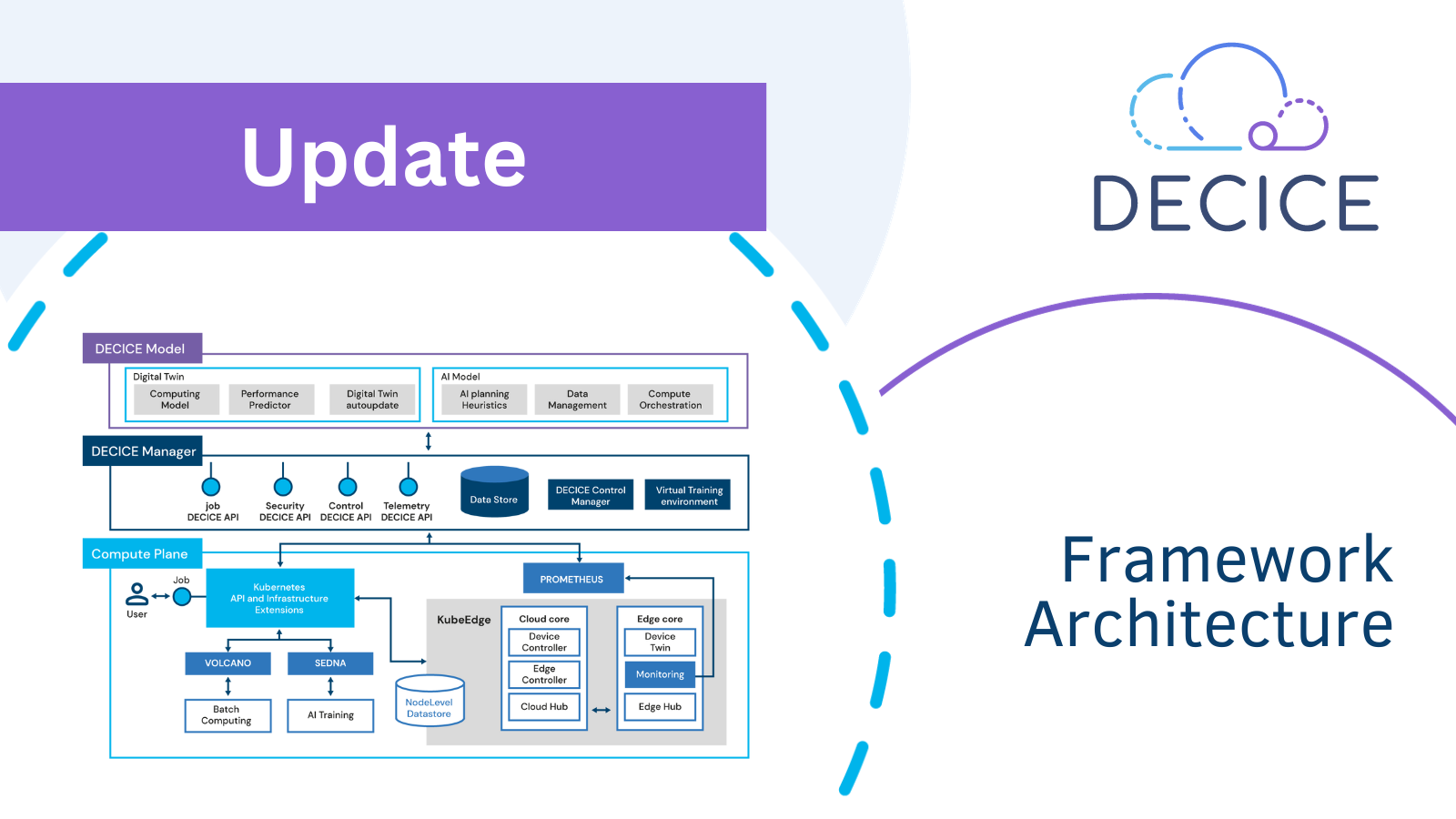
Realise the compute continuum from HPC to the edge
The KTH Royal Institute of Technology is one of Europe’s leading technical and engineering universities. Its DECICE team is hosted in the Division of Computational Science and Technology, a highly multi-disciplinary division where researchers develop methods, computing environments and data analysis capabilities to solve scientific questions to shape the future of computing. The team is led by Prof. Dirk Pleiter, who for many years is involved in the co-design of computer architectures and infrastructures providing high-performance computing (HPC) capabilities. HPC is key for addressing many societal and scientific challenges, ranging from the challenge of how to become carbon neutral to the challenges of understanding the universe and its physical laws. The DECICE project will push the limits of today’s computer architectures and infrastructures as well as its use in multiple ways. The KTH team is involved in enabling the use of the concept of digital twins for making the usage of such infrastructures more efficient. Furthermore, the team contributes to the realisation of the compute continuum where computational workflows can leverage both HPC and cloud compute and storage resources as well as edge devices located close to end-users.
Author: Dirk Pleiter
Links
KTH Royal Institute of Technology
Division of Computational Science and Technology
Keywords
technical university | research | innovation | research infrastructures | computer architectures | high-performance computing | digital twins | compute continuum


